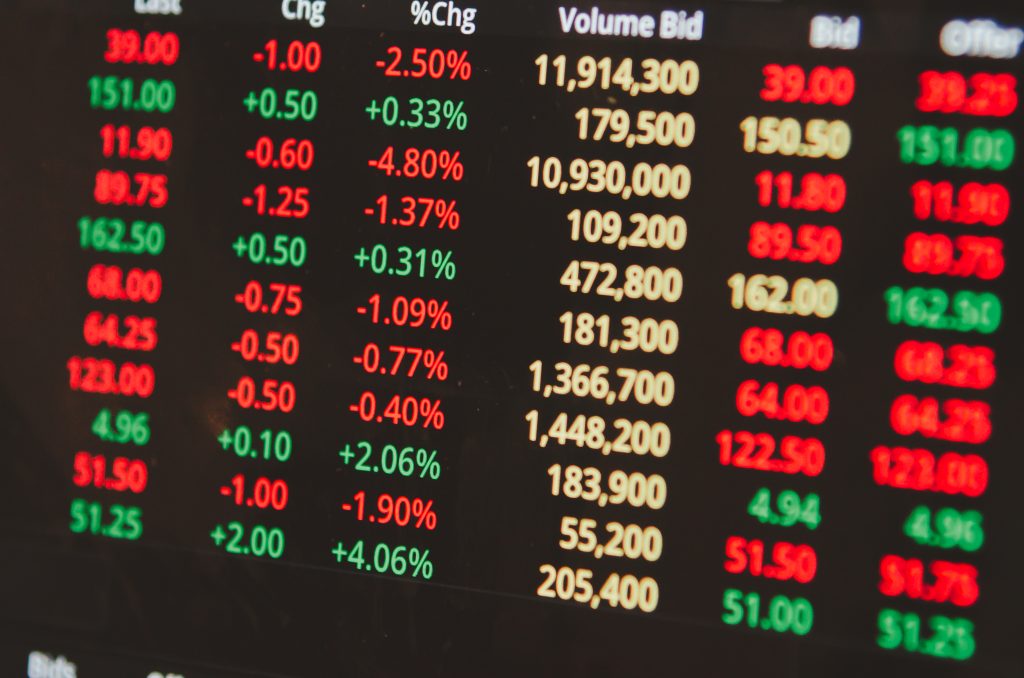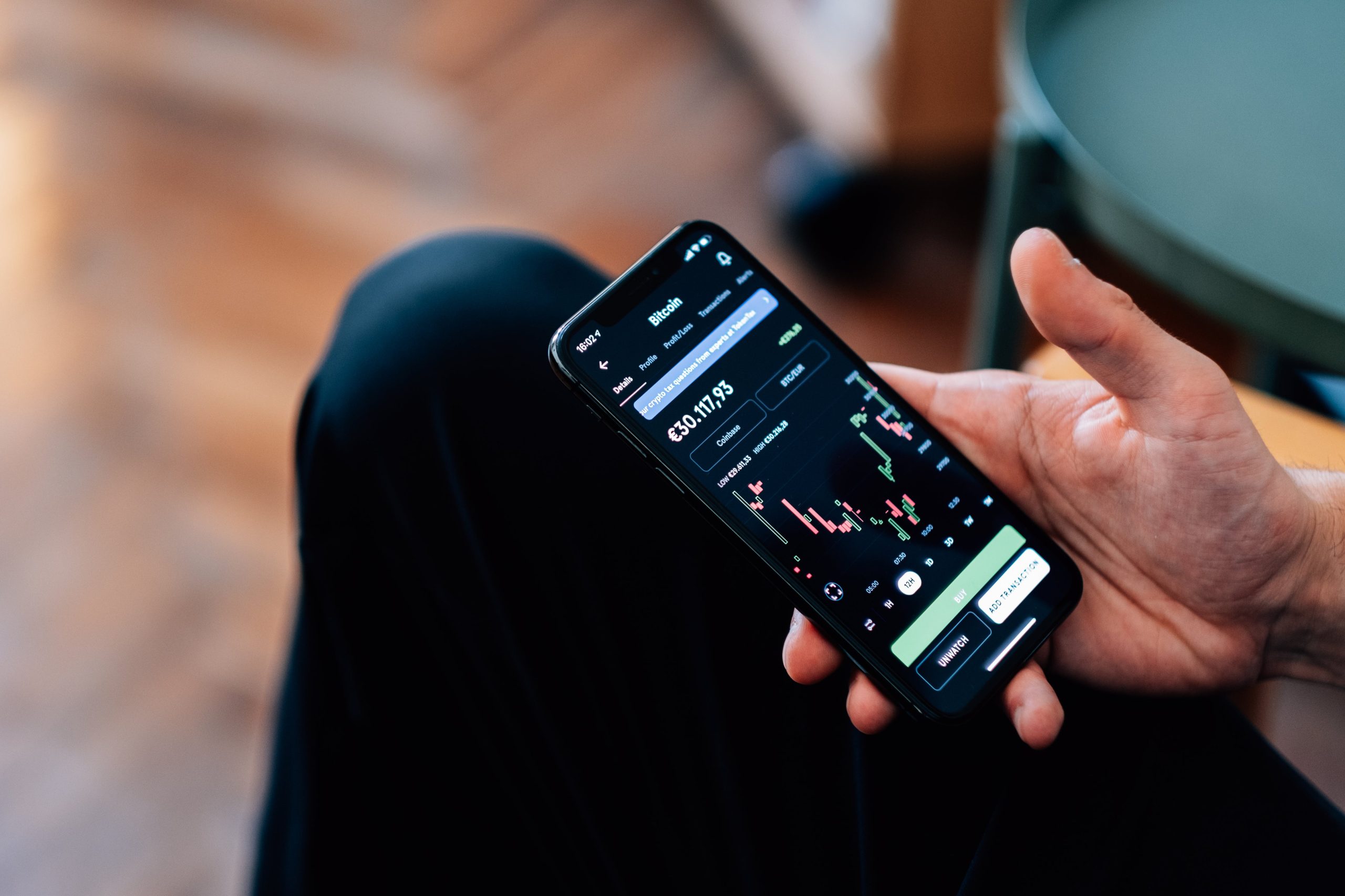When Is the Best Time to Trade Stocks? Time of Day, Day or Month
The trading of stocks comes with a ‘short term’ approach which is different from long-term investing. This means accepting a quicker return and cashing out on the stock within a short period within a few days, weeks, or a quarter if not days. Day trading is focused on trading within hours and minutes and in some cases even seconds. The psychology behind day trading means opening and closing trades within the same day. This means that the performance of the equities over a single trading day is broken down even further.
Are there certain days of the week and times of the year when you are more likely to buy or sell stocks? In this article, we’ll look at how to maximize your trading based on daily, weekly, and monthly approaches and patterns.
Most Ideal Days and Tactics to Use When Buying or Selling a Stock
When the sun rises during the early hours, stock prices and the stock traded tend to be quite volatile. This is the time when the market reacts to the news and developments which took place in the period between the market opening and the close of the previous day, hence causing change in stock prices.
Advanced traders are normally suited to such strategies as they can identify these patterns and know how to take advantage of them, whereas those who are not very experienced may suffer losses on a large scale. Hence, sinc very good at trading is new to you, it may not be a good idea to enter into the trading fray straight away with regards to the first glaring hour. This, however, can be used by those who have experience because many times when the market opens, at least during the first fifteen minutes the market tends to show a lot of trading opportunity.
There is a lot more trade and thus opportunities are open in the first hour than within any other hour of the trading day if we were to graph the amount of trade completed in the day. Most professional traders noticeably stop trading by 1130 hours and this is because volatility and volume are already on the downward trend and hence bringing lesser opportunities and small price action.
Market timing is a very difficult exercise whereby forecasting the right time for the market to rise or fall turns out to be nearly impossible. However, knowing the company well and its financial obligations and looking around the current economic environment may assist in making wiser choices.
From the perspective of the long-soldiers whose interest is leaned towards S&P 500 E-Minis index futures or S&P 500 SPDR ETF trading, their pre-market hours may be ready to commence trading as much as 8:30 a.m. But just like in stock trading, most of the action when opportunities are available tends to be between the first hour and around 10.30a.m, although there are those that extend their trading up to 11.30 a.m. if need be.
Often, the passing of midday leads to climax of market activity or volatility of day breaks. In this break, isolation or inactivity is the order of the period. Quite often, as most of the available information of the day has already been reflected in the prices, there tends to be little action in the markets which therefore results into an orderly market. As much as the practice of trading is relatively new to the novice there is not much panic that is likely to occur due to the gradual retreat.
At the closing distance of the horizon usually, the volume and variants change again. Looking at intraday trading it appears more so the last hour of trading may garner the first-hour trading rush but in extreme levels particularly the 3 and 4 pm ET, catching short and huge moves till very last seconds.
Best Day of the Week to Buy Stocks
Some traders insist that different days have different returns, although there is scant evidence of such effects for a long time. One such trend that is often referred to is the ‘Monday effect’ or ‘weekend effect’, which argues that it is common for stock prices to fall on Mondays. It is often believed that this drop was caused by negative information that was published over the preceding weekend or the depressed state of investors coming back from their rest.
However the Monday effect has more or less dissipated in the recent past, it has been reported that between 2000 and 2023 the average negative return for the S&P 500 indexes in Mondays was appreciably lower. As a result, they may still see some value in such stocks and go ahead to buy them on Mondays.
Best Day of the Week to Sell Stocks
If Monday is a stock buying opportunity, I will accordingly argue that Thursday or even early Friday is the best time to dispose of the stocks, lest their prices fall further. As for the patience of short sellers, Friday is a great day to open short position. Stock universe may be high on Fridays and this could be a good time to open short positions with the aim of closing them on Monday.
In the United States, especially during the summer season, Fridays preceding long weekends are particularly known to be of a bullish tendency as the markets are globally bullish in readiness of the holiday.
Best Month for Stock Purchasing
Looking back, statistically, the stock markets have yielded very high profits in March, April, July as well as the months that inch closer to winter that is from October to December. These months have typically yielded good value addition as evidenced by average monthly returns for S&P 500 from as early as 1950 to as late as 2023.
The “January effect” is also a very popular term amongst investment circles whereby, stock market and more especially small capitalized stocks and value stocks appreciate towards the beginning of any year when investors return to the market. One of those boyish theories, vigorously embraced in the book Stocks for the Long Run by Jeremy J. Siegel, is that such excitement these days makes stock prices jump at the beginning of the new year. However, the last such effect occurred several years ago as more participants in the market ignored it.
Therefore, while some decliners can be purchased around the end of the year, there is little in the way that Jan instruments will respond with a positive inflow.
Best Month to Sell Stocks
Searching for the best month to sell stocks? What is the best month to press that sell button? Consider selling stocks in the month of August. According to the data, this month has a fairly good historical record for the stock market returns. September has not been the month of strengths for quite some time. During the month of September, however, that steady trend reverses itself and stock returns average between flat performance and losses.
Similarly, October – which has historical average returns that are in the positive zone – does register some major market crashes. For example, the panic of 1907, the Great Depression and Black Monday are just a few. As requires reason some traders tend to sell in September rather than waiting for October. Fortunately, September is less, has lower turnover than August stock market.
Best Day of Month for Stock Trading
How buy or sell orders can be timed and executed can differ for every trader based on what experience they possess or upon the strategy they wish to adopt. However, mutual funds receive cash from investors at the beginning of the month, hence most stocks exhibit peaks in prices. Last minute box buying may be done by probable fund managers at the end of the quarter.
Therefore, most of the stocks are likely to be on the downside for this particular period, particularly in the broad range of 10th to 15th, and so this timing provides an attractive opportunity for traders to buy. On the flip side, the time around the month end when almost every trader wants to dispose off his or her securities may be the best time to sell.
Are There Really Optimal Times to Trade Stocks?
It is true that historical data has established certain days or even a string of months that correlate to better gains than others. However, these trends are often temporally limited, as there has been found to be little distortion left in the market once corrective activity is observed. Once everyone discovers that certain days or months are better for buying and selling stocks, they often tend to fade away and therefore it is hard to time the market and make money every time using relative timing methods.
General Timing Rules for Trades
It should be said that the most active periods of any trading session are always the first and the last hours out of the entire trading day. Although there are moments of the day where several opportunities are there for the taking. Some traders pull out good returns even when it is not that active.
How Dollar Cost Averaging Can Help Investors
Dollar-cost average or dollar cost averaging is the strategy of buying continuous portions of the same stock in preset amounts on selective terms without any regard to the stock’s price. Such as even purchasing five shares of stock every two months helps reduce price volatility and reduces the average cost of shares. It has a merit of not calling for market attempts too.
Conclusion
Daily, weekly, or monthly stock trading timetables are only recommendations and should not be strictly adhered to. While some trends might generally tend to exist, they are not certain in the future, as events outside of the anticipated pattern can unfold. In substance, however, the presence of opportunities in equity capital markets does not last long, and the best traders are the ones most able to be flexible rather than leverage time based strategies.






